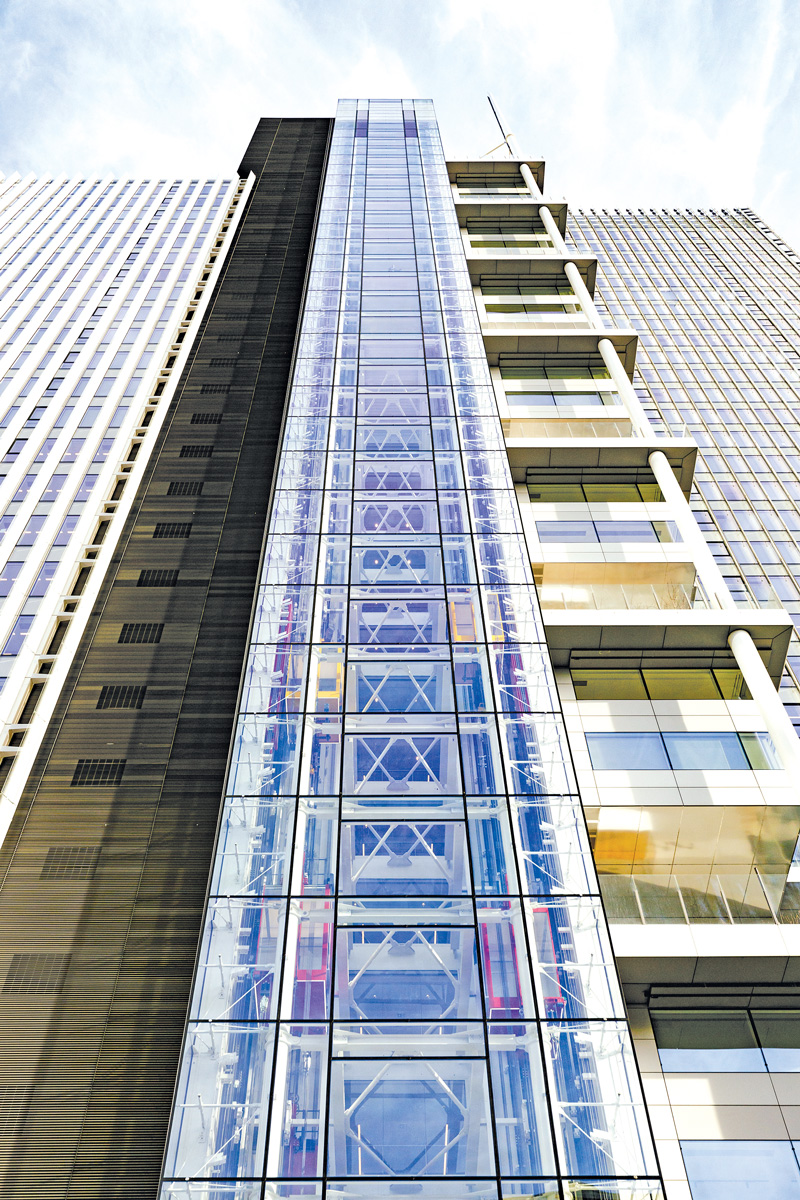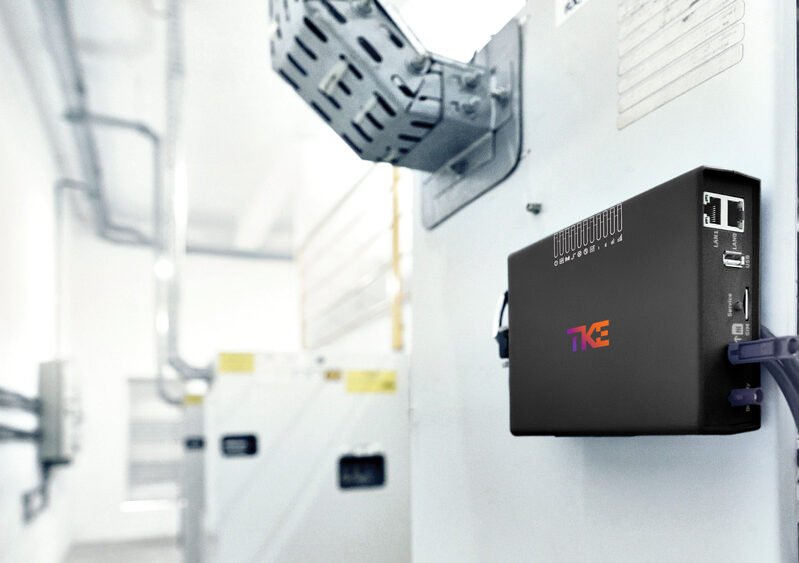AUTOMATION And SUSTAINABLE TECHNOLOGIES Transforming Elevator Industry

Manish Mehan, CEO & MD, TK Elevator (India)
 The concept of elevators has existed for ages, and while their fundamental purpose remains unchanged, the underlying technologies driving elevators have undergone numerous evolutionary leaps over the years. Automated operations of elevators have resulted in significant improvements in the efficiency, safety, and overall user experience. With urbanization leading to a growing demand for housing, there is an increasing imperative for intelligent, efficient, and advanced elevator technologies to facilitate the expansion.
The concept of elevators has existed for ages, and while their fundamental purpose remains unchanged, the underlying technologies driving elevators have undergone numerous evolutionary leaps over the years. Automated operations of elevators have resulted in significant improvements in the efficiency, safety, and overall user experience. With urbanization leading to a growing demand for housing, there is an increasing imperative for intelligent, efficient, and advanced elevator technologies to facilitate the expansion.
Journey towards coordinated operations
Over the years, elevators have undergone significant transformations, transitioning from manual operation to a steadily advancing phase of enhanced safety and efficiency through the integration of various automated features. As buildings became taller as urban development advances, the demand for enhanced elevator performance, security, and dependability became increasingly evident. In response to this need, the evolution of smarter elevator emerged as a natural solution.
Automated or smart elevators make use of big data and artificial intelligence (AI) to enable more efficient vertical transportation of commodities and passengers. Smart or connected elevators are increasingly being used in buildings such as hotels, residences, arenas, hospitals, sports facilities, offices and airports among others. These are designed so as to minimize overall energy consumption and manage passenger traffic efficiently within a building. Smart elevators make use of advanced algorithms and data to minimize waiting time by effective traffic management in commercial, residential and various other buildings. Technologies incorporated in these units include biometrics, destination access and dispatching control systems, digital security control system and touch screen control among others, to optimize the travel experience for passengers.
The integration of destination control for passenger elevators has not only enhanced the overall user experience but has also firmly established elevators as integral components of contemporary building design and urban development. A significant benefit of this automation trend was improved utilization of resources and enhanced customer safety. Elevators are now not only much more convenient, but also significantly safer because of technological improvements that brought about sophisticated sensors, emergency protocols, and real-time monitoring. This change resulted in a secure and efficient vertical transportation experience. As a result, elevators have increasingly become an essential transportation means that easily fit into our daily routines and the changing urban environment.
 Innovation in green elevators with a focus on sustainability
Innovation in green elevators with a focus on sustainability
Elevator companies started to give more emphasis to sustainable performance of their products as customers and the public become more and more environmentally conscious. Manufacturers are incorporating energy-efficient components like regenerative drives to align with ‘green building’ principles and intelligent controls. These projects support the global push for sustainability by decreasing carbon emissions through reducing the consumption of energy.
Additionally, greener and more recyclable materials are being used in the manufacturing process of lifts, because of the COVID-19 pandemic measure has also been introduced to improve air quality inside the lift cabin, these together foster a better experience for customers. Beyond experience, technology advancement also contributes to cost savings by gathering and sending unused electricity back to the building’s power system.
The fundamental shift in the elevator industry
TK Elevator’s MAX, a cloud-based predictive maintenance solution which provides real-time operational data, serves as an example of innovative growth while the lift industry environment goes through an important change. MAX improves lift maintenance on a worldwide scale by using the power of data analytics and artificial intelligence. One of its most notable effects is a 50% reduction in elevator service down-time, which considerably enhances lift availability and durability. The impact goes beyond simple operational productivity; it includes a thorough improvement of lift performance, supporting building operations in the process. This fits in perfectly with the overarching goal of creating smarter, more ecologically conscious urban environments.
MAX identifies possible problems before they occur. This proactive maintenance strategy not only saves time but also extends the lives of the machinery, resulting in reduced expenses for building owners and users. It enhances lift performance while also improving building operations.
Emergence of MAX in India
India’s elevator industry and urban infrastructure are currently at a turning point with the introduction of revolutionary technology like the MAX cloud-based system. The way elevator systems are managed and operated across the subcontinent is set to be changed by revolutionary technologies like MAX. The development couldn’t have come at a better time, given the constantly changing urban infrastructure in India and the rising demand for dependable, affordable vertical movement. The technology brings in an era of extraordinary elevator management by predicting possible problems before they arise. The streamlined processes, extended equipment lifecycle, and unmatched service efficiency will benefit the owners of buildings, landlords, property managers, as well as maintenance staff.
Additionally, the technology guarantees that the buildings maintain a technical advantage by smoothly connecting with India’s transition towards digitization. The introduction of the technology has the potential to completely transform lift performance, service, and efficiency. The convergence of innovation and connection will help to create smarter, more sustainable cities that are able to meet the vertical transportation needs of a dynamic, quickly expanding population as urbanization picks up speed.
Conclusion
The transition to more automated lifts is an excellent representation of a journey marked by creativity, determination, and intelligence. We are currently poised to experience greater improvements in automation and artificial intelligence because of the elevator industry’s ongoing innovation. With concepts of emission-free cities being introduced, elevators may one day become one of the predominant means of traffic for future cities, boosting connectivity and accessibility in ways that were previously unimaginable through developments like MAX. Elevators are expected to have a significant role in influencing urban environments as cities develop, promising a time when vertical mobility will support urban expansion. This excursion highlights the fascinating potential that elevates modern society’s hold.







